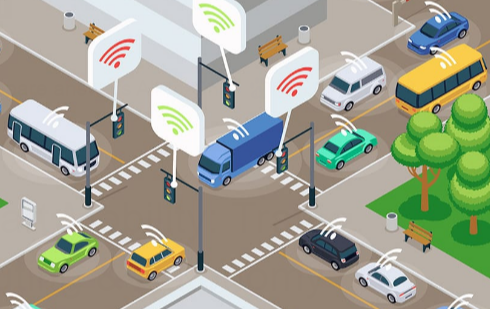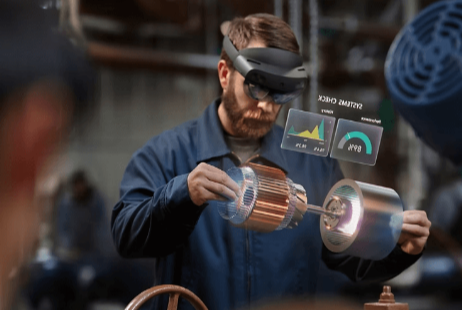Smart Mobility: Traffic, Routing & Autonomy
Smart mobility represents a transformative approach to urban transportation, utilizing advanced technologies for improved traffic management and routing. Through data analytics, cities can better predict congestion patterns and implement real-time adjustments. Additionally, artificial intelligence plays a crucial role in optimizing routes for efficiency. As autonomous transportation systems emerge, their impact on urban mobility warrants careful examination. What challenges and opportunities lie ahead in this evolving landscape?
The Role of Data Analytics in Traffic Management
Data analytics plays a crucial role in modern traffic management, enabling cities to optimize their transportation systems effectively.
By analyzing traffic patterns, municipalities can identify congestion hotspots and implement strategic interventions.
Predictive modeling further enhances this process, allowing for forecasts of traffic flow based on historical data.
These insights empower decision-makers to create more efficient, responsive infrastructure, ultimately fostering greater mobility and freedom for commuters.
Optimizing Routing With Artificial Intelligence
Artificial intelligence (AI) significantly enhances routing efficiency in transportation networks by leveraging vast datasets and advanced algorithms.
AI algorithms facilitate dynamic rerouting, adapting to real-time traffic conditions. Predictive modeling and traffic forecasting further optimize routes by anticipating congestion and delays, empowering users to make informed decisions.
This data-driven approach fosters improved mobility, enabling individuals to navigate urban landscapes with greater freedom and convenience.
The Future of Autonomous Transportation Systems
As advancements in technology continue to evolve, the future of autonomous transportation systems promises to reshape urban mobility dramatically.
Autonomous vehicles, integrated with smart infrastructure, will enhance efficiency and safety while reducing congestion. Data-driven analytics will optimize routing, enabling seamless connectivity.
This transition not only fosters freedom of movement but also supports sustainable urban environments, revolutionizing how individuals navigate their cities.
Conclusion
In conclusion, smart mobility represents a transformative shift in urban transportation, driven by data analytics and artificial intelligence. By optimizing traffic management and routing, cities can enhance efficiency and commuter experiences while reducing congestion. As autonomous transportation systems continue to evolve, one must consider: will these innovations be sufficient to meet the growing demands of urban populations? The integration of smart infrastructure and technology will be crucial in addressing these challenges and shaping the future of urban mobility.





